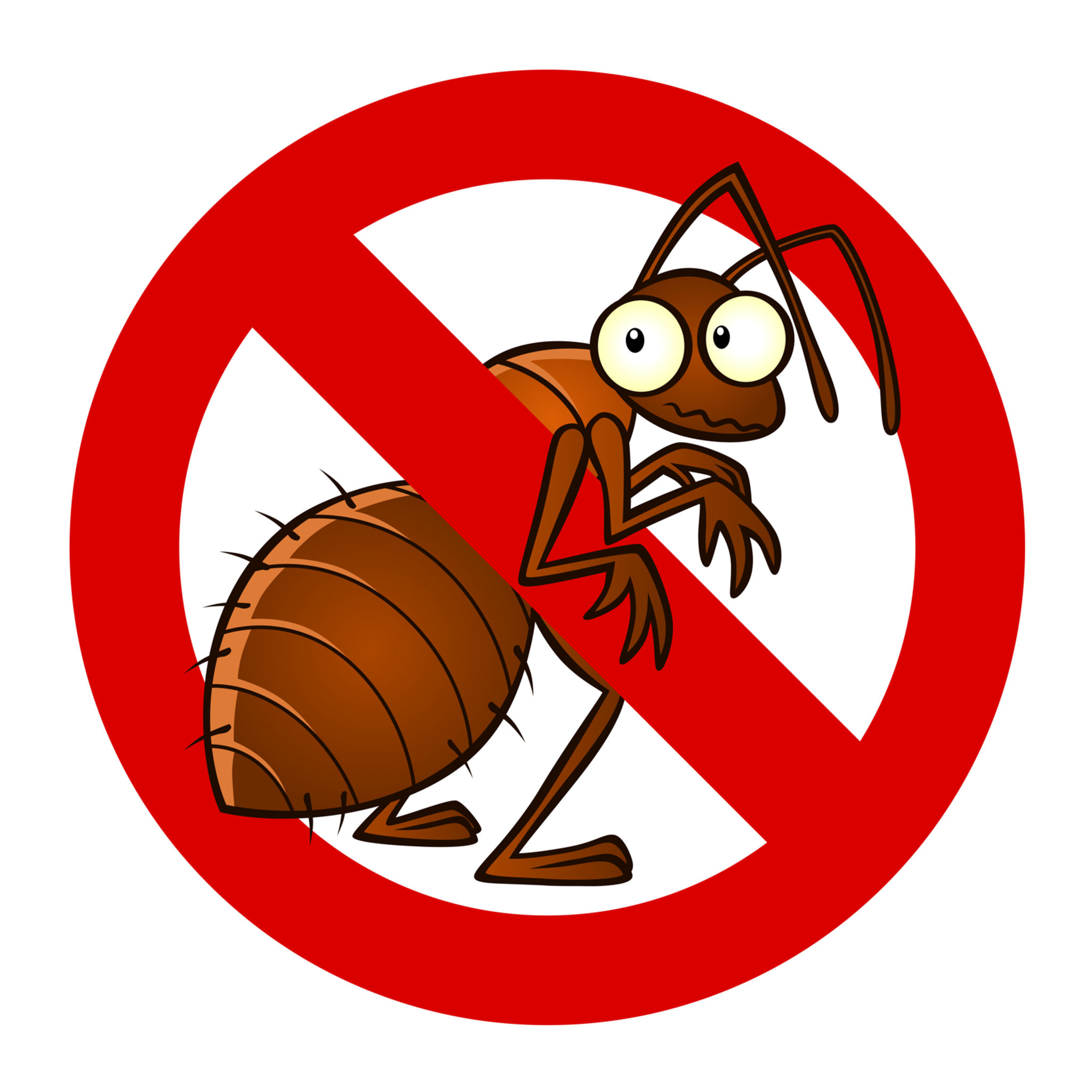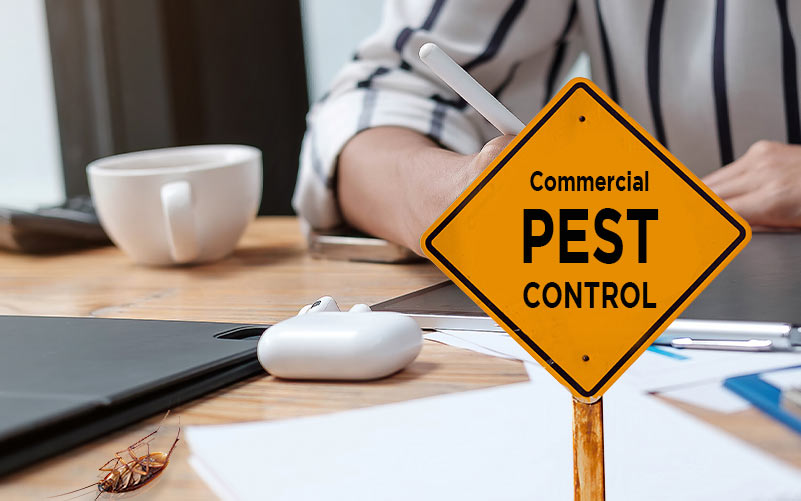A1 Bed Bug Exterminator Charlotte - Efficient and Affordable Services
Bed Pest Treatment Failure: Comparing Chemical Vs. Non-Chemical Solutions
In the world of bug control, particularly when managing the consistent problem of bed bugs, the selection between chemical and non-chemical treatment options can be a crucial one. Both methods use unique benefits and downsides, influencing factors such as performance, security factors to consider, and overall expense. By taking a look at the nuanced details of each technique, a more clear understanding of which path to seek in resolving a bed insect problem can be acquired.
Performance of Chemical Therapies
Chemical therapies for bed pest infestations have been commonly acknowledged for their powerful and fast efficiency in removing these pests. When considering the effectiveness of chemical therapies, it is important to understand that they can provide a detailed and fast remedy to a bed insect trouble.
In addition, chemical therapies have the benefit of using recurring effects, suggesting that they can continue to eliminate bed pests even after the preliminary application. This residual action is particularly valuable in combating any potential re-infestations. Furthermore, the rapid activity of chemical therapies can bring relief to people dealing with serious bed bug problems, allowing them to regain control of their home quickly.
Safety Worry About Chemical Solutions
One critical element that needs careful factor to consider when using chemical solutions for bed bug treatment is guaranteeing the safety and security of residents and the atmosphere. Exposure to certain chemicals utilized in bed bug treatments can lead to respiratory issues, skin irritation, or other unfavorable reactions, particularly in people with pre-existing conditions or sensitivities.
Moreover, the environmental influence of chemical services is an additional substantial factor to consider. Some chemicals made use of in bed pest therapies might be unsafe to helpful bugs, wildlife, and ecological communities if they seep into the soil or water systems. It is vital to use chemical therapies sensibly, complying with safety standards, and considering much less toxic choices to minimize these dangers and guarantee the risk-free and efficient management of bed bug infestations.
Advantages of Non-Chemical Techniques
Taking into consideration the possible safety and security worries and environmental impact connected with chemical solutions for bed bug treatment, checking out non-chemical strategies offers an appealing choice with numerous unique advantages. Non-chemical techniques offer a more secure choice for houses, particularly those with people, animals, or children conscious extreme chemicals. These techniques eliminate the risks of exposure to toxic compounds, minimizing the possibility for negative health and wellness impacts. In addition, non-chemical therapies are ecologically pleasant, as they do not add to air or water pollution, making them a sustainable selection for pest control.
Additionally, non-chemical options can be effective in targeting bed bugs, including hard-to-reach areas where chemical treatments might not penetrate. Approaches such as warmth therapy, vacuuming, vapor cleansing, and cushion encasements give extensive elimination without the usage of damaging chemicals. In addition, non-chemical approaches can be much less turbulent, requiring minimal prep work and enabling quicker reentry right into dealt with locations. Overall, choosing for non-chemical bed pest treatment approaches not only prioritizes safety and environmental management but likewise ensures thorough and reliable bug control.
Limitations of Non-Chemical Treatments

Furthermore, non-chemical therapies usually require multiple applications to accomplish effective eradication. This can be taxing and may not constantly assure total elimination of all bed pests and their eggs, particularly in hard-to-reach or hidden locations.
Moreover, the success of non-chemical treatments greatly relies upon correct application and thoroughness, which can be challenging for people without professional expertise. Inadequate application of non-chemical techniques might result in insufficient eradication, leading to consistent problems and the demand for added therapies.
Therefore, while non-chemical therapies have their benefits, it is necessary to recognize these constraints and consider them when identifying one of the most effective technique for managing bed bug problems.
Cost Contrast: Chemical Vs. Non-Chemical Options
Offered the limitations connected with non-chemical therapies, an important aspect to evaluate in the context of bed insect management is the expense comparison in between chemical and non-chemical choices. Chemical treatments generally involve the application of insecticides by specialists, which can range from $250 to $900 per space, relying on the intensity of the infestation and the size of the area to be treated. On the other hand, non-chemical treatments like warm treatment or steam can be more pricey, with costs varying from $1,000 to $6,000 for an entire home. While the initial cost of chemical treatments may seem reduced, multiple therapies may be needed to totally eradicate the invasion, possibly enhancing the general cost. On the various other hand, non-chemical choices may supply a more lasting and environmentally friendly remedy, although they can be cost-prohibitive for some individuals. Ultimately, when taking into consideration the expense of bed bug therapy options, it is very important to consider the upfront expenditures versus the efficiency and lasting sustainability of the selected technique.
Conclusion

Taking into consideration the prospective safety and security issues and ecological influence connected with chemical solutions for bed bug treatment, exploring non-chemical strategies offers a promising choice with a number of unique advantages.Given the restrictions connected with non-chemical treatments, a vital facet to evaluate in the context of bed insect monitoring is the expense comparison between chemical and non-chemical choices. In contrast, non-chemical treatments like heat therapy or steam can be a lot more expensive, with prices varying from $1,000 to $6,000 for a whole home. While the first cost of chemical treatments might appear lower, multiple A1 bed bug treatment in charlotte therapies may be called for to totally eliminate the problem, potentially boosting the general price.In verdict, when comparing chemical and non-chemical bed bug treatment options, it is important to think about effectiveness, safety and security, benefits, restrictions, and cost.